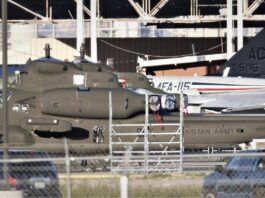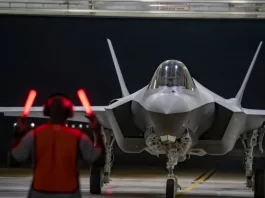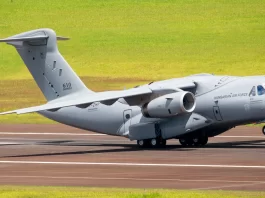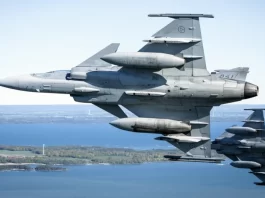The British Royal Navy accomplished a successful carrier landing of an aircraft-type unmanned aerial vehicle (UAV) on August 8.
According to a statement that can be found on the website of the Royal Navy, the unmanned aerial vehicle took off from the Lizard Peninsula, flew to the deck of the aircraft carrier HMS Prince of Wales located off the coast of Cornwall, delivered the supplies, and then returned.
The Royal Navy’s plan calls for unmanned aerial vehicles (UAVs) to one day replace the helicopters transporting goods to the British aircraft carrier strike group. The Merlin and the Wildcat helicopters will carry out their core missions, including surveillance and identifying hostile vessels and submarines.
A British company was responsible for the development of the unmanned aerial vehicle (UAV), the W Autonomous Systems (WAS) drone, that successfully landed on the deck of the most recent British aircraft carrier. It has a range of around one thousand km and can carry a maximum payload of one hundred kilogrammes. It just needs a runway that is 150 metres long. There are three runways on the flight deck of Queen Elizabeth-class aircraft carriers. There are two shorter runways of around 160 metres in length and one longer runway of roughly 260 metres in length.
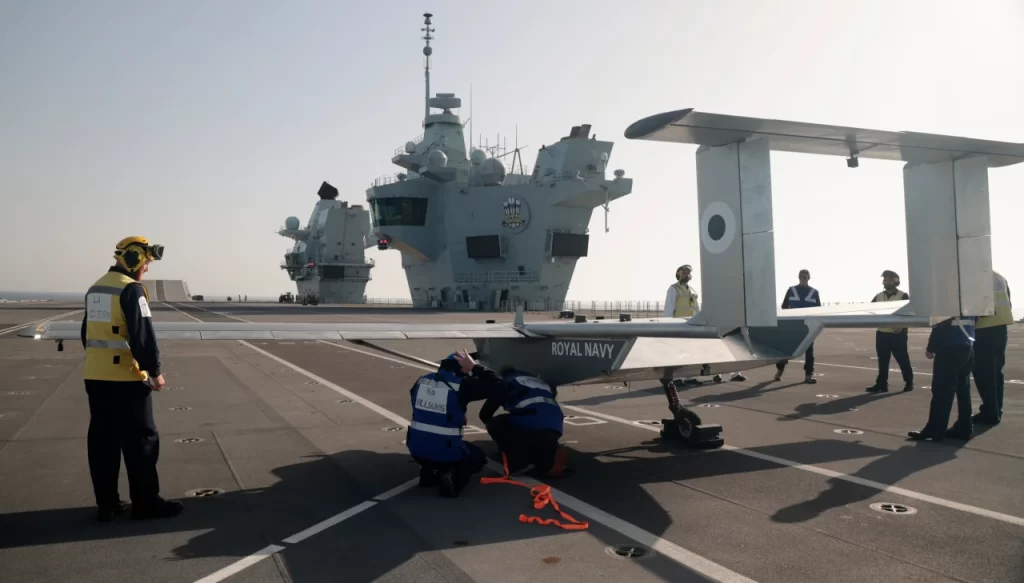
The HMS Prince of Wales has in the past experimented with various types of unmanned aerial vehicles, including small quadcopters and Banshee targets, which are miniature jets that are propelled into the air by a catapult and then brought back down to earth by a parachute once their mission is complete.
The W Autonomous Systems (WAS) drone is a more capable pilotless aircraft with a wing span of ten metres and more proficient pilotless aircraft.
The drones are equipped with a revolutionary autopilot system, eliminating the need for remote control by trained pilots, and are designed to operate in the most difficult environments. Its key structural features include HCMC twin-engine, light alloy, and twin-boom.

